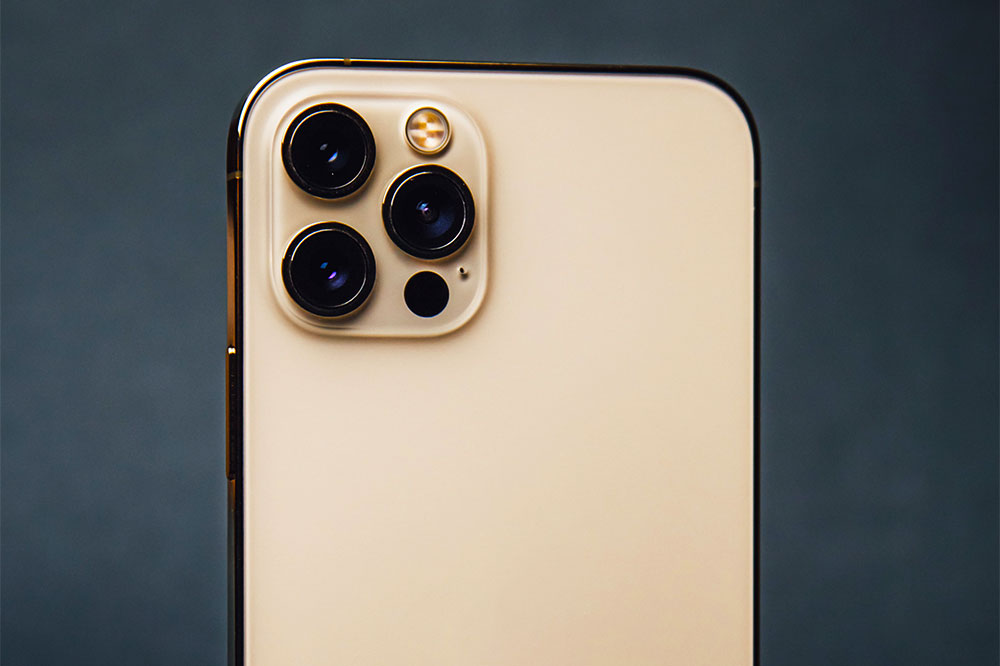iPhone 13: An overview on Apple’s latest offering

Top notch cameras, higher refresh rates, and better designs — The iPhone 13 series surely has a lot to offer. On September 14, 2021, Apple fans went gaga as the tech giant announced its next generation of smartphones. The iPhone 13 series, which includes the iPhone 13, iPhone mini, iPhone 13 Pro, and iPhone 13 Pro Max, has a ton of interesting features. Here’s what you need to know about the new smartphone, its costs, and deals.
iPhone 13 mini
The iPhone 13 mini sports a 5.4″ OLED display. Despite being the smallest smartphone on Apple’s list, it features the latest dual 12MP camera system. And just like the other iPhone 13 models, the mini sports the A15 Bionic chip, which probably makes it the fastest compact Apple device yet. The iPhone 13 mini also comes with extra battery life as compared to its predecessor. The device is available on pre-order at $699 for 128GB, while the 256GB and 512GB variants cost $799 and $999, respectively. If you are an existing T-Mobile customer, you can avail of the credit offers worth $400 – $1290 available after trade-in.
iPhone 13
Another step up from last year’s iPhone 12 model is the new iPhone 13. As for its features, it sports a dual 12MP camera setup (Wide and Ultra Wide), and it comes with a notch that is 20% smaller, thus offering slightly more screen real estate and a brighter display. These features, along with a few others, make the new device worth picking over its predecessor. The 6.1-inch device is priced at $799 for 128GB of storage, $899 for 256GB, and $1099 for 512GB. Verizon currently offers $150 in promo credit on the Apple Watch if purchased with the iPhone 13 online.
iPhone 13 Pro
Though the iPhone 13 Pro comes in at a similar price as its predecessor, it brings a lot more to the table where performance and features are concerned. The iPhone 13 Pro comes with a 6.1-inch screen and features ProMotion – a feature that bumps the refresh rate on the iPhone 13 Pro and Pro Max models to 120Hz based on the task at hand. When it comes to price, the iPhone 13 Pro can be yours for $999 for 128GB, $1099 for 256GB, $1299 for 512GB, and $1499 for 1TB of storage. You can also get $110 – $790 off after trading in an older iPhone 8 or newer.
iPhone 13 Pro Max
At 6.7 inches, the all-new iPhone 13 Pro Max is Apple’s biggest smartphone yet. The device is equipped with a larger, brighter screen and a bigger battery. The iPhone 13 Pro Max (and iPhone 13 Pro) also features an upgraded triple rear camera setup. There’s also a new Cinematic mode (though this is available on all models in the iPhone 13 lineup) which works spectacularly on the large 120Hz display of the iPhone 13 Pro Max. The iPhone 13 Pro Max costs $1099 for 128GB, $1199 for 256GB, $1399 for 512GB, and $1599 for 1TB of internal storage. Among other deals on Apple’s website, you can also take advantage of the Apple Card Monthly Installments wherein you’ll pay $45.79 per month for 24 months. The payment plan is financed at 0% APR, and offers 3% cash back on the entire iPhone cost instantly.


